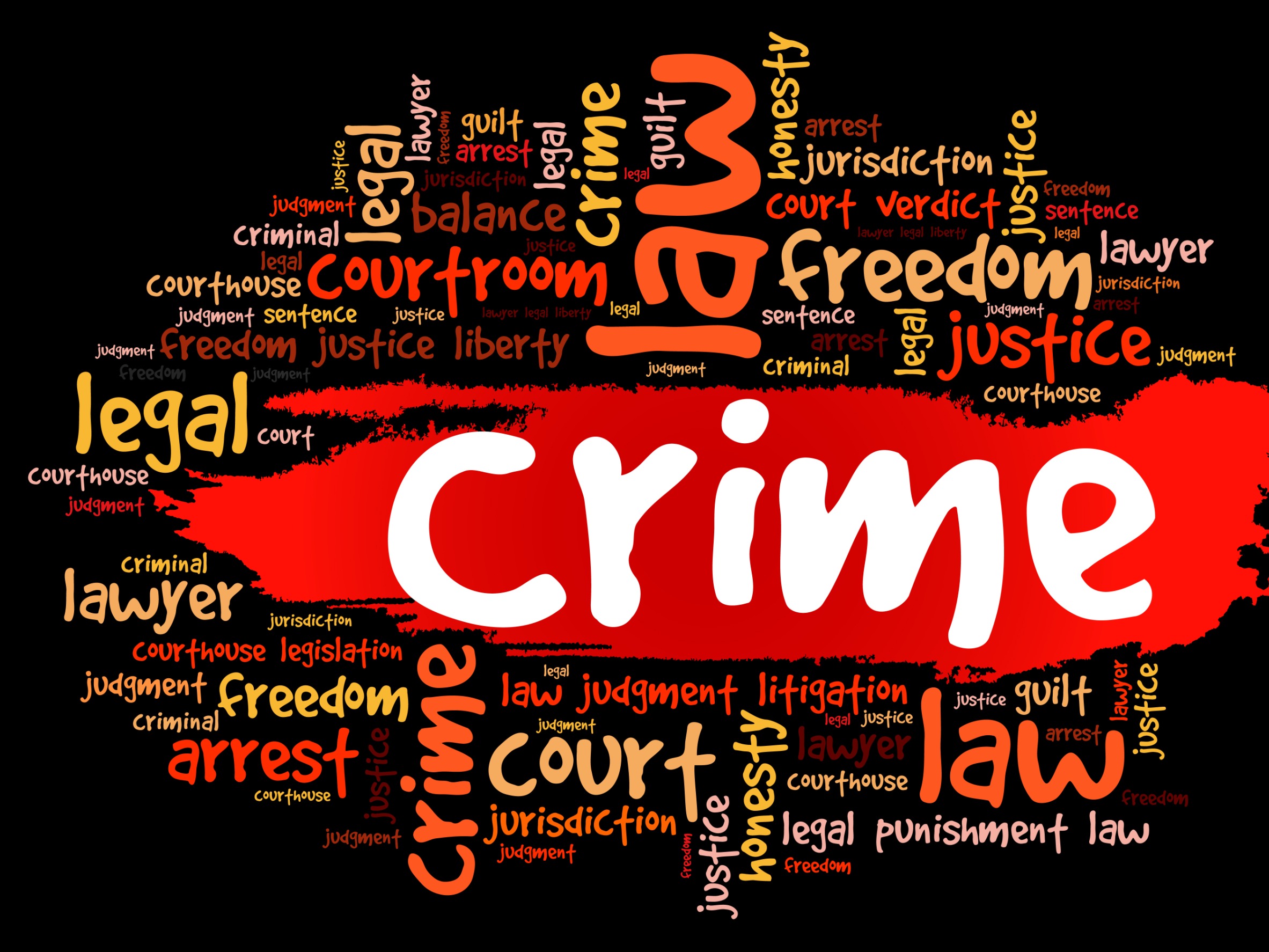Editorial
The Kootenai County Sheriff’s Office is now releasing a notable calls report twice a week. Based on a simple review of the notable calls over a three day span from last Friday through Sunday, one could easily assume our community has a startling lack of self-control and poor communication skills.
For instance, on Saturday, January 27, 2024, deputies responded to a residence in Hayden for what is known as a citizen assist call. According to the brief summary of the incident, a woman claimed her husband was intoxicated and had threatened her. Turns out the couple was arguing over whether or not to order food via DoorDash. Since stupidity is not a criminal offense, neither party was cited.
The Hayden woman who placed the call to law enforcement should count herself blessed that the notable calls report did not disclose her name. There is something to be said for public shaming, and this situation would make an excellent example.
In a more concerning report from the same day, deputies responded to a call in which a couple was having an argument on the side of the road and there appeared to be blood on both of them. The male had smashed his hand into the vehicle window, resulting in cuts across his hand, and the female had self-inflicted superficial wounds. The report stated she had cut herself for attention and that she had a history of doing this to herself. The investigation determined no crime had be committed.
Cutting, or self-inflicted superficial cuts known as self-harm, has become a relatively common practice among teenage girls, some of whom continue well into adulthood. Cutting is often used as a way to get attention or a means of manipulating a family member or romantic partner. The girls most often cut their arms or thighs, as well as their torso.
According to an informational article on the Mayo Clinic’s website written by Patrick Bigaouette, M.D., a psychiatrist in Psychiatry & Psychology, cutting is not meant as a suicide attempt, and is most frequently used to alleviate emotional pain.
Risk factors that increase the potential of self-harm include borderline personality disorder, conduct disorder, anxiety, depression, developmental disorders, post-traumatic stress disorder, and substance abuse.
Dr. Bigaouette states, “There is no one-size-fits-all kind of treatment for someone who is exhibiting self-harm behaviors. A treatment plan will include therapy to get to the root of the emotional pain … management of cutting or other such behaviors will require time, hard work, and a desire to learn healthier coping skills.”
Several other calls involved intoxicated individuals. Deputies responded to a 9-1-1 disconnect call near Athol, where a “highly intoxicated” male was cited for battery against a female, a report of an intoxicated woman threatening to shoot herself and her dog ended with a trip to the hospital for a mental health evaluation, and a call concerning an intoxicated woman who was upset that her husband had left her at an establishment in Hayden was resolved without incident.
The ability to maintain self-control and communicate rationally seems to be the first casualty of a person’s decision to consume drugs or alcohol, and law enforcement officers get a front row seat to the low moments when actions cross the line of acceptable behavior.







